


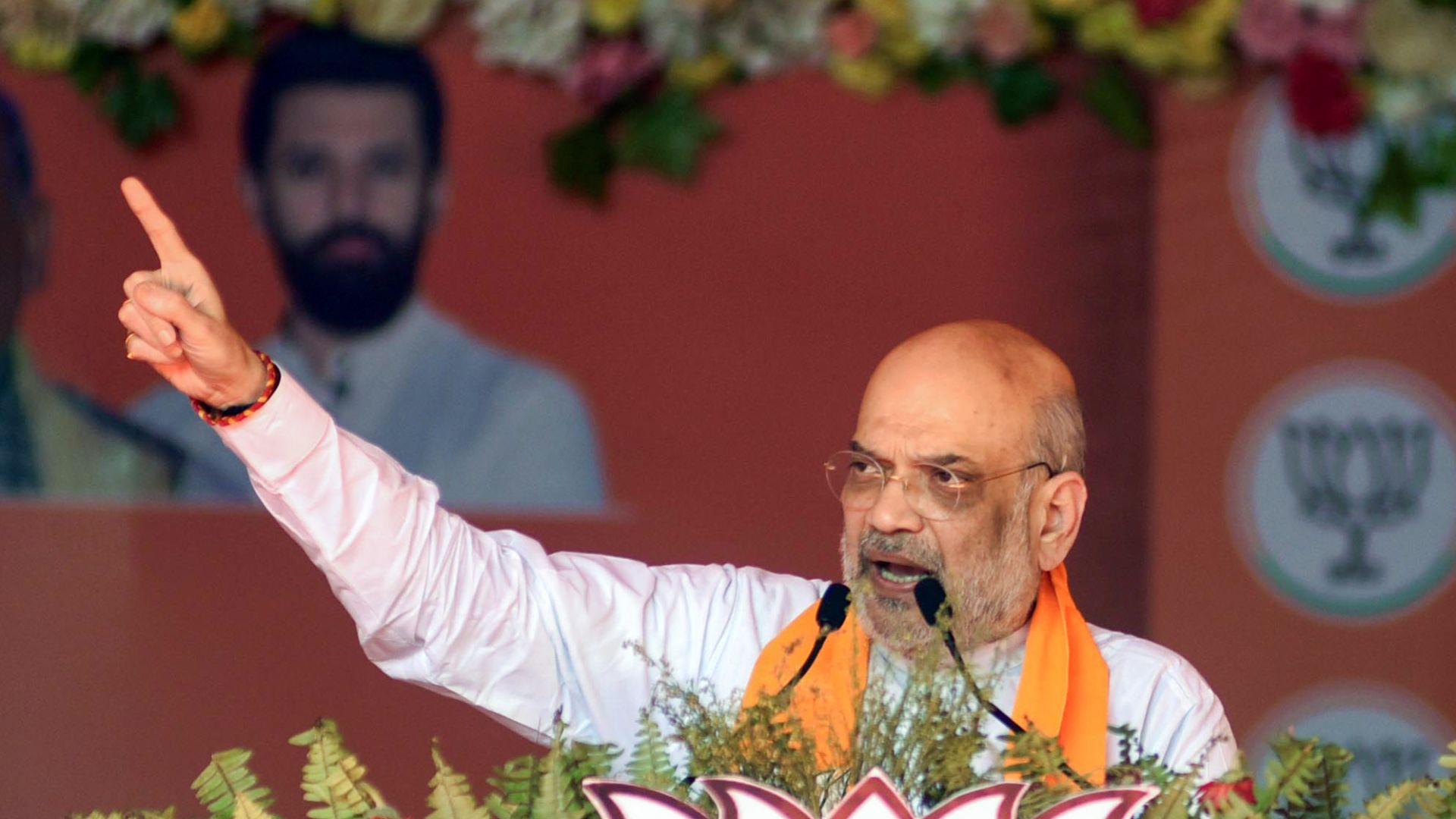

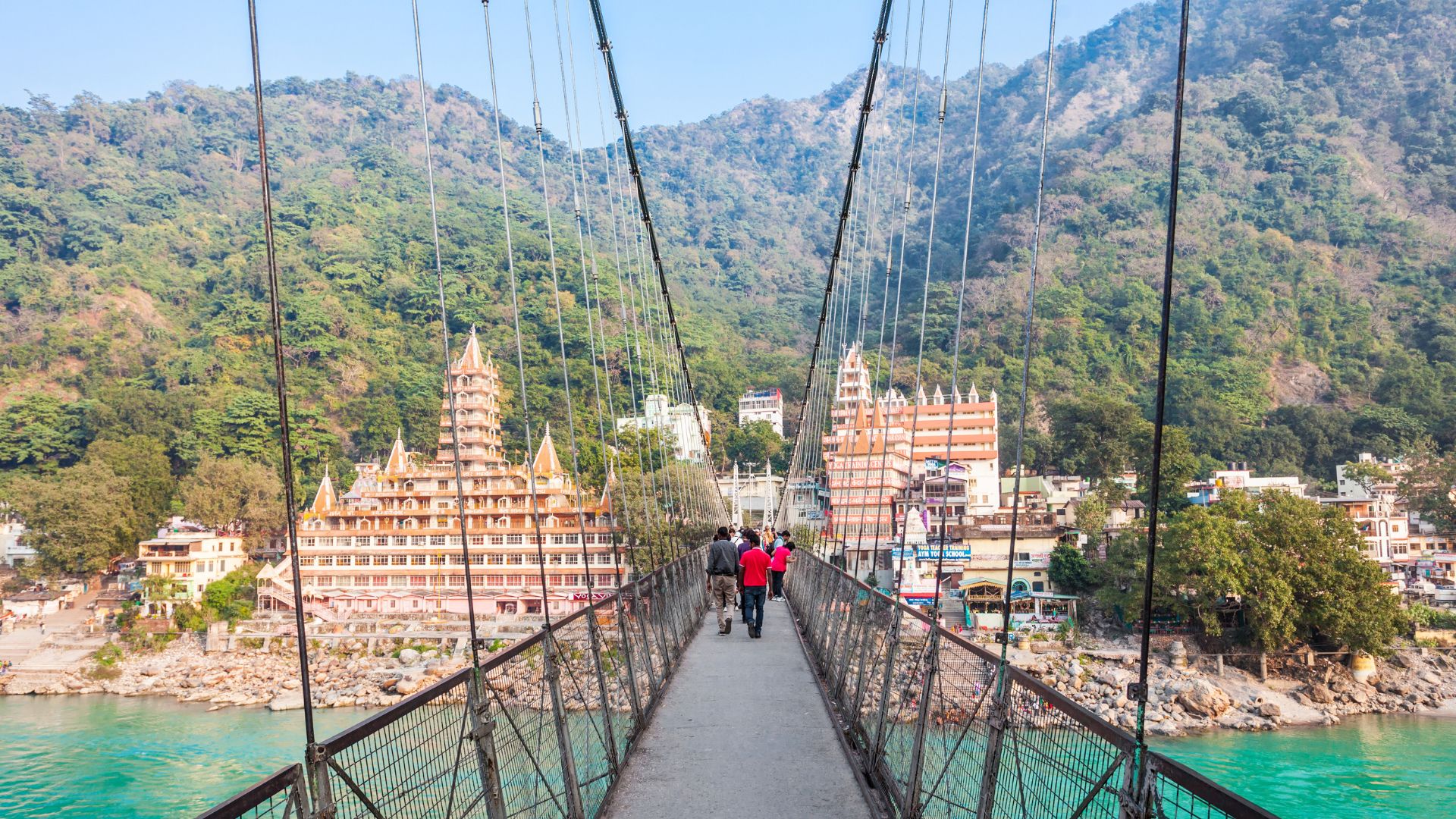




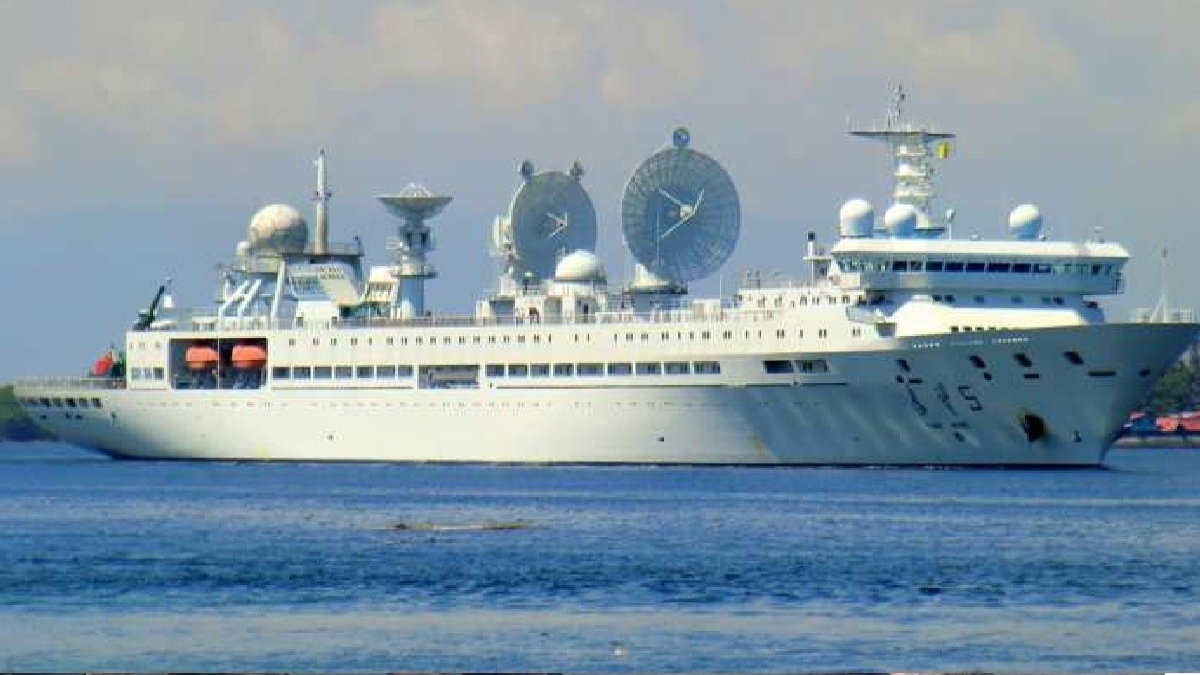
According to satellite pictures obtained by a local media outlet, China’s naval facility in Djibouti, which is located on the Horn of Africa, is now fully operational and provides support for Chinese vessels stationed in the Indian Ocean.
The $590 million station in Djibouti, which has been under construction since2016, is China’s first military outpost. It is situated by the strategically important Bab-El-Mandeb Strait, which divides the Red Sea from the Gulf of Aden and defends the entrance to the Suez Canal, one of the most important routes for international trade.
The Chinese station in Djibouti “is constructed in a fortified manner, with levels of defences that nearly resemble medieval, like a contemporary colonial fort.” According to Naval Analyst HI, it is built to survive the frontal assault.
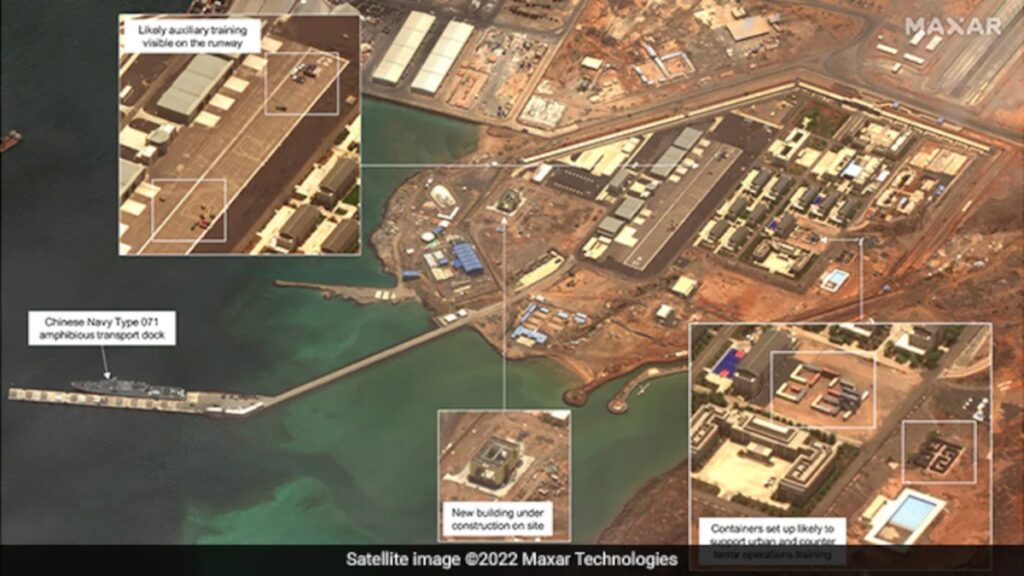
The Chinese station in Djibouti “is constructed in a fortified manner, with levels of defences that nearly resemble medieval, like a contemporary colonial fort.” Naval Analyst HI Sutton of Covert Shores asserts that it is built to survive a direct assault.
A Chinese Yuzhao-class landing ship (Type 071) is visible in the photographs from the imagery source Maxar moored along a 320-meter-long berthing space close to an apron that enables helicopter operations.
Vice Admiral Shekhar Sinha states, “The base appears completely operational, albeit there is likely to be more development work” (retired). There is no doubt that ships can dock on either side of the barrier. The jetty is wide enough to accommodate a Chinese helicopter carrier despite its limited width.
The Changbai Shan is a massive 25,000-tonne ship that can accommodate up to 800 soldiers as well as a variety of vehicles, air-cushioned landing craft, and helicopters. When it entered the Indian Ocean this year, it is believed to have been accompanied by a frontline Chinese destroyer.
According to HI Sutton, “The Type-071 landing ship is exceptionally big and can handle multiple tanks, trucks, and even hovercraft.” “Although even more magnificent ships are now joining the navy, a fleet of these nevertheless serves as the core of China’s amphibious assault capabilities. Due to its size and capabilities, it is also utilised for logistical operations that include the transportation of essential supplies.”
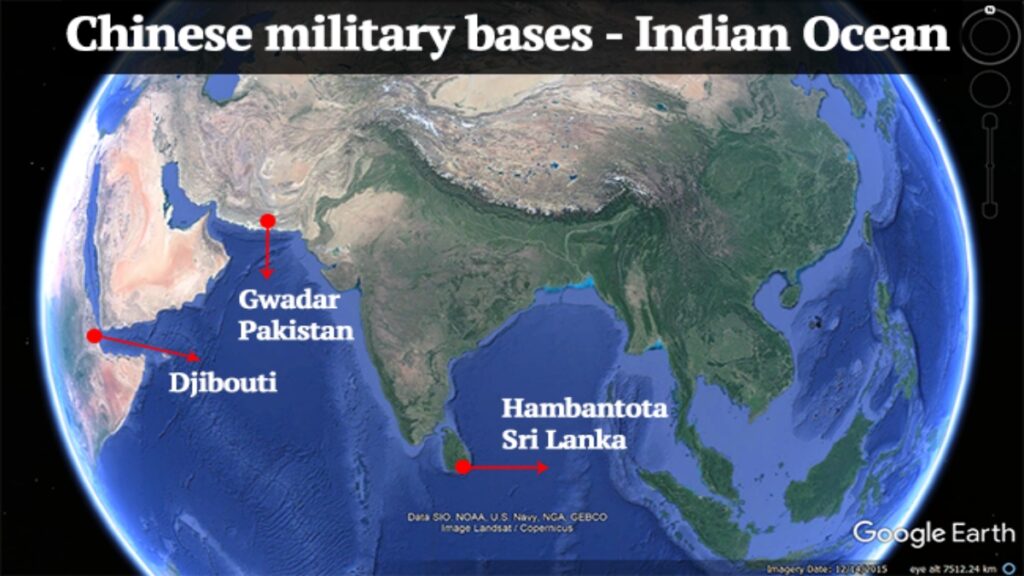
China’s engagement in both Sri Lanka and Djibouti is strongly related to its long-term “Belt and Road Initiative” economic initiatives in both nations. The majority of Djibouti’s debt, which accounts for more than 70% of the African country’s GDP, is held by Beijing. and has created a joint corporation with Sri Lanka for a 99-year lease, effectively taking possession of the Hambantota port. After taking out a $1.7 billion loan to build the port, the first phase of which was finished in 2010, Colombo was unable to return $100 million yearly.
Admiral Arun Prakash, a former commander of the Indian Navy, advises New Delhi to have realistic expectations of China’s maritime ambitions and capabilities. “They’ve had a constant patrol off the Horn of Africa for the past 14 years. At first, there was a lot of doubt about their capacity to keep a low profile. But they have proven they are capable of doing this. Ships have been stationed at stations for a period of six to nine months.”
China has a precise plan to establish its presence in the Indian Ocean which includes Djibouti. This plan is aimed not just at the US Navy, which has significant bases in the Persian Gulf, but also at the Indian Navy, which is the second-largest in the region. Any additional development in the area will also depend heavily on the Pakistani port of Gwadar.
According to Admiral Prakash, “What we see happening now is a manifestation of a well-planned, deliberate policy of expanding their maritime power.”
China has already used this strategy to operate nuclear-powered attack submarines in the Indian Ocean, and top US Navy commanders have warned that carrier battle groups may also operate in these waters.
Admiral Harry Harris Jr., then-Commander of the US Pacific Command, responded to a media outlet in 2017 by saying, “There’s nothing to prevent them from sailing in the Indian Ocean today.”
Also Read: Suspicious boat found with three AK47 & bullets in Maharashtra’s Raigad









